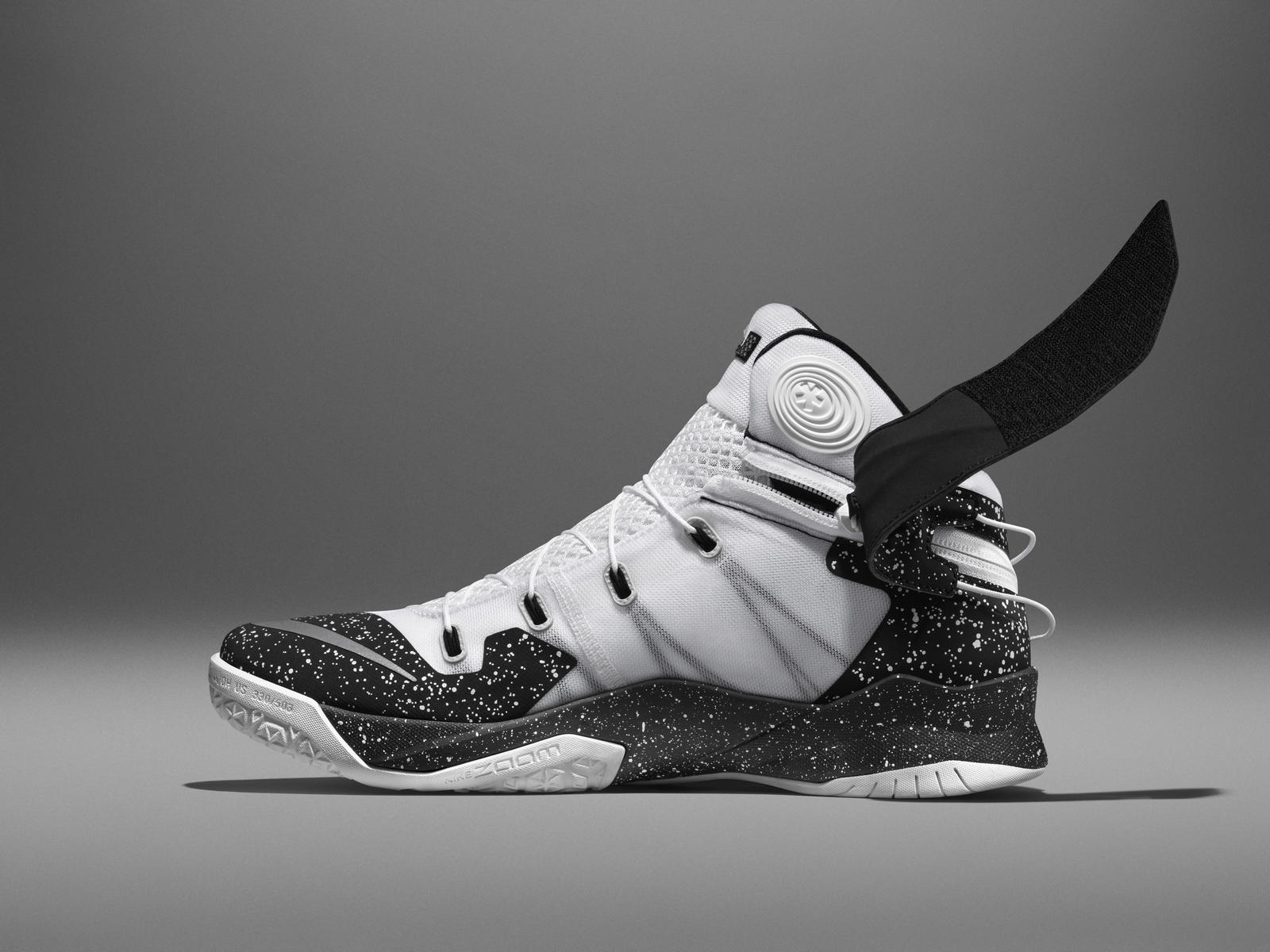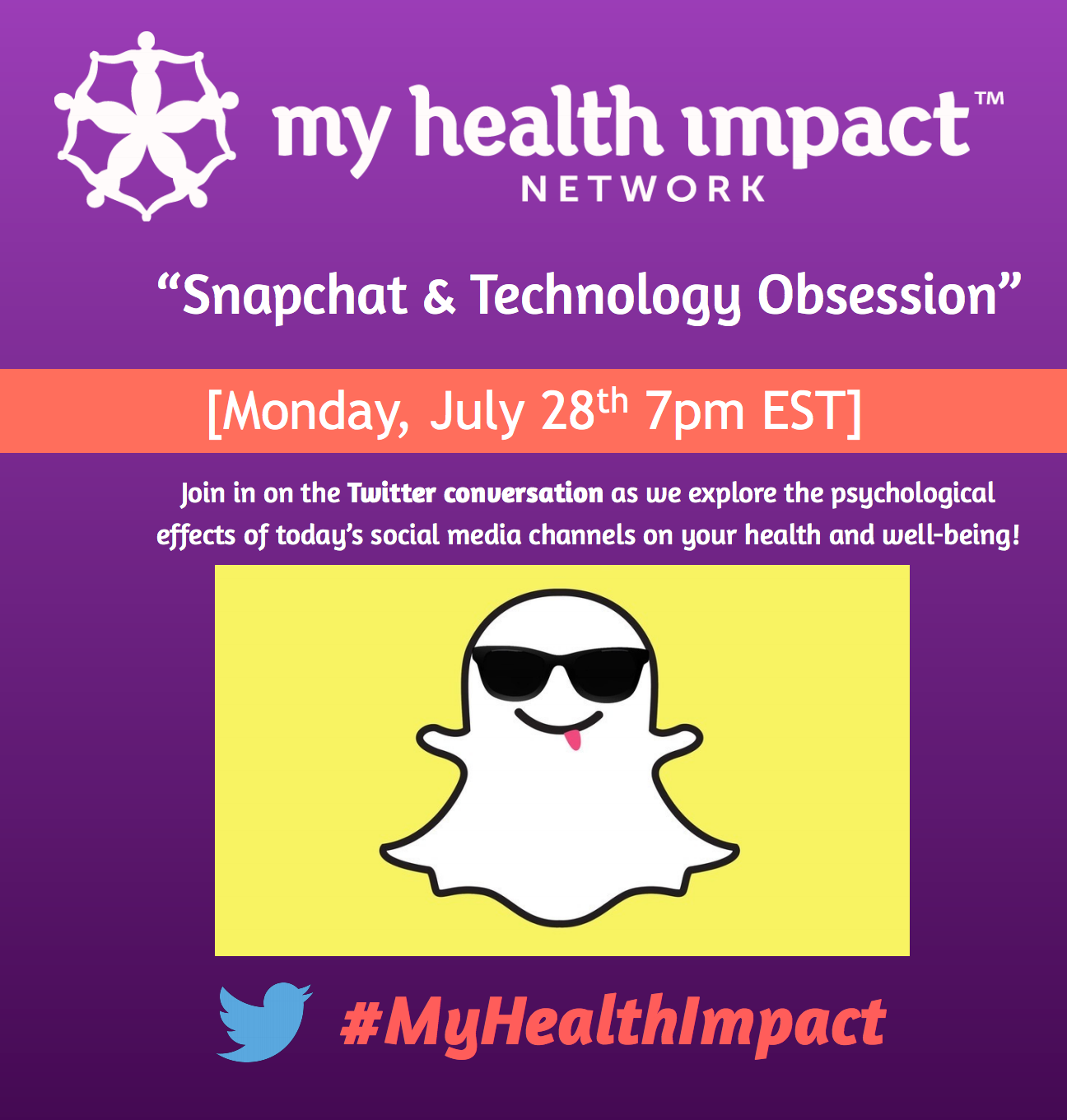myHIN Blog
Category: Smart Technologies Articles
March 11, 2016
Don’t Be Fooled. The Apple FBI iPhone Dispute Also Affects You
Apple, a well-regarded [tech] company is usually in the media for bringing to market some of the most beautifully designed devices in the consumer and education space. Products like the iPhone and iPad have transcended how people consume technology and entertain themselves at a moment’s glance. New macbooks have almost a cult like following for college students as they prepare and study for future jobs that didn’t exist 10 years ago.
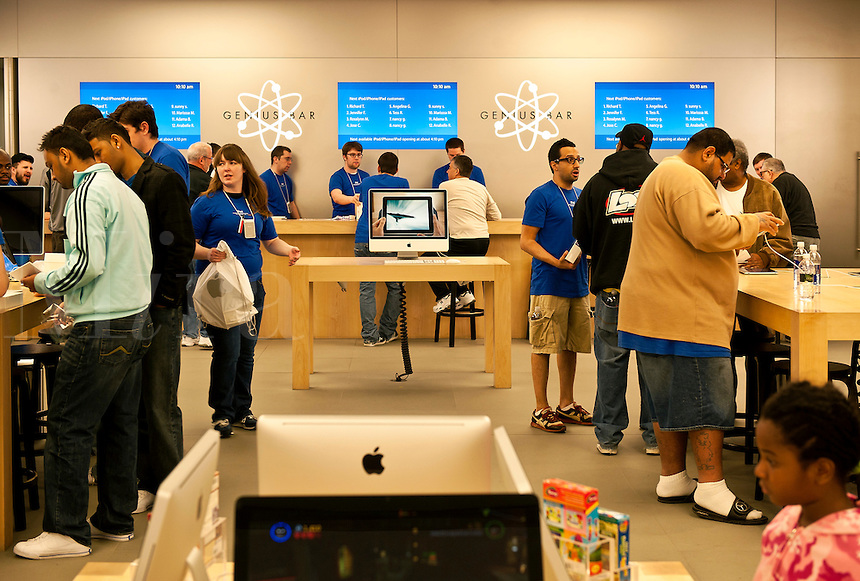 More recently though, the company name has been tossed around for a dispute with the FBI, the nation’s prime federal enforcement organization, over the unlocking of an iPhone used by the killers in the 2015 San Bernardino terrorist attack. There’s been countless articles explaining Apple’s stance, the FBI stance, and so forth and so on but what about your stance? How exactly does this case affect you or is it an overblown media story from large corporations and government agencies?
More recently though, the company name has been tossed around for a dispute with the FBI, the nation’s prime federal enforcement organization, over the unlocking of an iPhone used by the killers in the 2015 San Bernardino terrorist attack. There’s been countless articles explaining Apple’s stance, the FBI stance, and so forth and so on but what about your stance? How exactly does this case affect you or is it an overblown media story from large corporations and government agencies?
Essentially, the lack of strong encryption on consumer devices can lead to hackers breaching the defenses of retail chains, banks, the federal government and even HOSPITALS!
 Yet, hacking has become what seems to be a typical event. In 2015, the U.S. Office of Personnel Management experienced a data breach exposing the personal information of over 22 million current and former employees (and even those that applied for employment via its portal). Health care organizations and your health data are not exempt from such comprises. For instance, Premera data breach exposed medical claims and financial information of 11 million customers, and Anthem’s 2015 data compromised the personal information about more than 80 million people. Why is this a major concern? As more healthcare organizations engage in network arrangements and data sharing, your personal information is likely to become more exposed.
Yet, hacking has become what seems to be a typical event. In 2015, the U.S. Office of Personnel Management experienced a data breach exposing the personal information of over 22 million current and former employees (and even those that applied for employment via its portal). Health care organizations and your health data are not exempt from such comprises. For instance, Premera data breach exposed medical claims and financial information of 11 million customers, and Anthem’s 2015 data compromised the personal information about more than 80 million people. Why is this a major concern? As more healthcare organizations engage in network arrangements and data sharing, your personal information is likely to become more exposed.
How important is this data to healthcare organizations? In a recent NPR news segment, a California hospital paid a ransom “worth $17,000 to hackers holding its computer data hostage raised new concerns about bigger targets.” While not all organizations will pay ransoms, no industry is exempt and neither are we, as individuals. Being mindful of our data, its uses and our use of devices/systems/networks and even social media requires some degree of discernment. After all, we are in the digital age of the Internet of Things.
Continue to follow @myhealthimpact on Twitter for more information on the connection between the Internet of Things and healthcare. #IoT, #healthcare #databreach
Share

December 03, 2015
The Evolution of Sneaker Design Technology pt1
Over the years I have owned just about every kind of sneaker imaginable. Ranging in price from $35 to over $200, if it was hot and my mom could afford it, they were on my feet. From classic Chuck Taylors to Italian owned Filas and even the GOAT Jordans that still outsell just about every other sneaker on the market today. I’ve been in love with footwear for a very long time. From fancy colorways to exclusive collabs, I never thought about the evolution of sneakers until a few years ago when I developed shin splints during a routine workout. It was at this very time that I thought to myself, what percentage of this pain was caused by the shoes on my feet? As a trained computer scientist, I did what most technologists would do call the family podiatrist open up Google search and fire off a few queries. What I got back was pretty interesting:
- Could Your Shoes Be Giving You Shin Splints?
- Worst Shoes for Your Foot Health
- How Shoes Cause Flat Feet and Overpronation
- How Does Your Arch Height Affect Your Shoe Choice and Injury Risk
Not only did my search expose certain brands but styles of shoes too -- ultra high heels, flip flops, and ballet shoes were all known to cause foot problems. I was pretty alarmed at the findings and wanted to know if anyone was looking into solving these types of foot problems through the next generation of footwear design.
Both Adidas and Nike had already invested a good bit of money into their Research and Development division to solve unique problems. Adidas was working on FutureCraft 3D (via YouTube), a unique 3D-printed running shoe midsole which can be tailored to the cushioning needs of an individual’s foot. While Nike took on accessibility by literally reinventing the zipper on performance sneakers. They developed Flyease technology, a system that solves a problem for amputees, stroke victims, and people with cerebral palsy. By using a subtle zipper that snakes around the heel, they were able to let you peel open and close your shoe with one hand.

Neither of these two technologies are widespread yet but I am excited to the see impact foot health has on shoe manufacturers moving forward. With 3D printing, more durable and breathable materials and a conscious customer, someday we’ll live in a world where foot problems are alleviated not created by the shoes we throw on in the morning.
Tweet @myhealthimpact to let us know what you think and tune in for the latest and greatest in #tech, #STEM, #wearables and #health focused blogs!
Share

January 25, 2015
Not Another Wearable Technology
As smartphones have become more commonplace in today’s society, technologists have been in search of the next big thing. We’ve gone from adding touchscreens to everything (home appliances, car infotainment systems) to using gestures to interact with the world around us -- think the Minority Report.
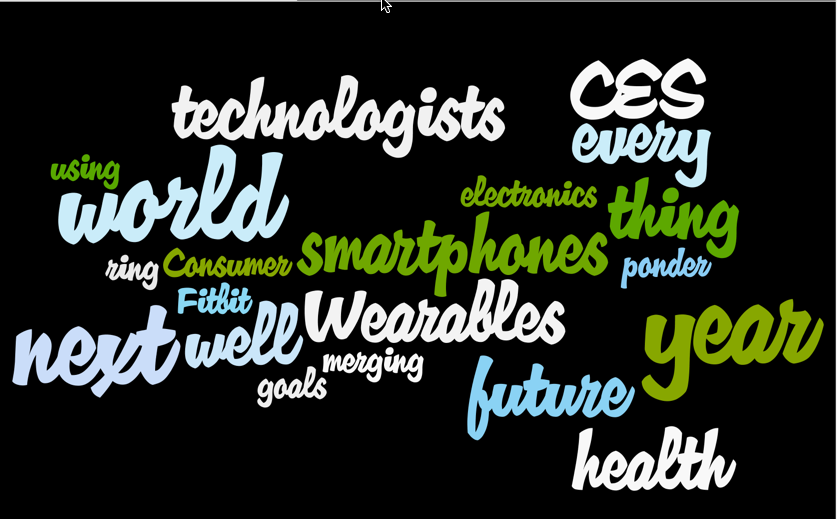
After all, the future world we live in is just a guess or figment of the imagination. This magical nature of tomorrow is on display every year at the Consumer Electronics Show (CES) down in desert plaid Las Vegas. Where high rollers shell out tons of money on personal bets and invest in small start-ups that hail from all over the world. The comos surrounding CES has been a bit different the past few years, as more savvy players have introduced hardware at the center of their enterprise. Wearables, the heir to smartphones are slowly sweeping the conference floor. From recognizable names like Fitbit and Pebble to up and comers with Android Wear as their understudy -- every manufacturer has tossed their hat in the ring.
Besides telling the time, they all claim to do one thing well: help you reach your fitness goals.
- track steps
- take pulse
- measure blood pressure
- monitor heart rate
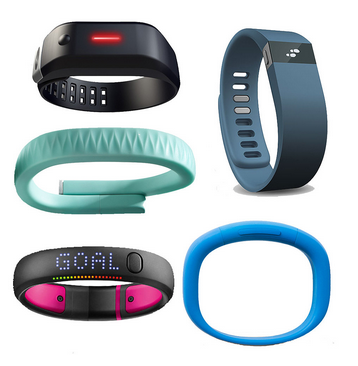
That was last year!
In 2015 the trend is now shifting towards real health applications:
- diagnose skin cancer
- examine menstrual cycle
- tell how well your lungs are working
- transmit physiological information to doctors
- treat depression
- and so much more…
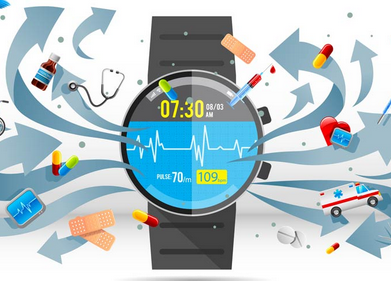
With electronics and health care merging together ever so slightly, technologists will no longer have to ponder about what’s next. Wearables will cement the next revolution that is as fashion forward as it is helpful in quantifying your life.
Stay tuned to @myhealthimpact for more discoveries and technology driven solutions to a healthier future.
Share

October 29, 2014
Killing Two Birds with One Pebble, Wearable Technology
Do you need a smartwatch? Probably not, but at the same time, we don’t really need cell phones either. Now what does a smart watch have that my cell phone can’t give me? Well, to be honest, nothing. I’m not here to give a sales pitch, but to give you a better visual on how I use my Pebble watch. Pebble watch you say?, the thing that came out last year? Yes. You mean that thing that only displays in black and white? Yes. You mean that watch that doesn’t even have a touch screen? YES!!!
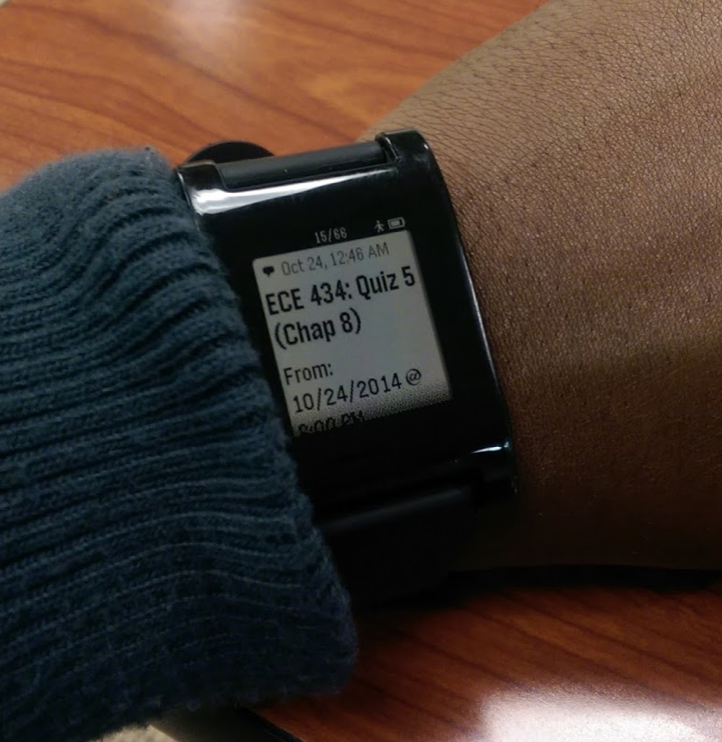
Now the Pebble watch is not the latest tech in wearables but its still great. The biggest problems with wearable technology now, is the never ending questions, “why would someone want to wear this?” I can tell that the people who had to test the usability of this device knew what they were looking for. There are some key features that I truly love about this watch. Heres some key features:
Key Features
- Read text
- Haptic Feedback
- Event reminders
- Pedometer
- Controls music (Soundcloud)
- Battery Life (5-7 days)
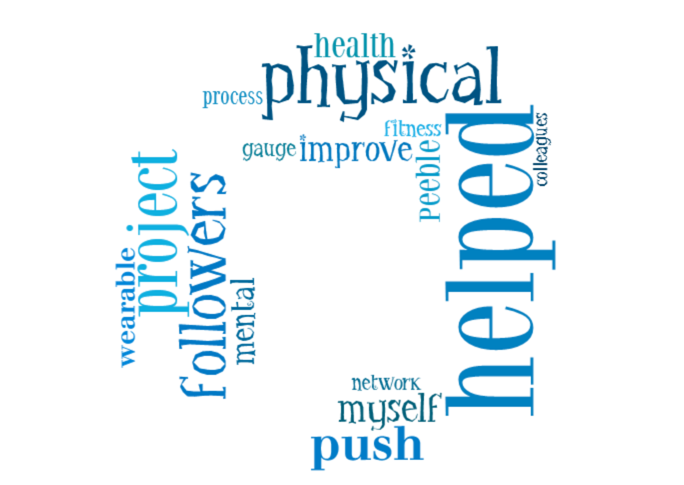
Follow us at @myHealthImpact as we continue to discuss important topics around technology and your physical health.
Share

July 20, 2014
Snapchat and Technology Obsession Amoung Youth
When thinking about the word “technology”, I’m pretty sure the younger generation comes to mind. Nowadays, there is an “app”, short for the term application, for everything. In a world filled with iPhones, Androids, and all other types of smartphones, you can almost do anything you want on your mobile device. For some youth, this use of technology has become an obsession. When I begin to conceptualize that one piece of technology has the ability to preoccupy and intrude one’s mind for such a long period of time, it frightens me. I will admit- there are some pros and cons to technology usage in today’s society.
Youth are using technology more to complete homework assignments. A research paper or a group project may require some extensive outside research and the Internet is usually the “go-to” spot. Online encyclopedias and dictionaries come in handy and often times yield quick results. On the other hand, technology can be used for the wrong purposes and can be viewed as a hindrance versus an advantage. Some students are busy moving their fingers to reply to a text message during class rather than being actively engaged in the classroom. Being mindful that an assignment is upcoming, technology gives youth more of a reason to procrastinate. They would rather focus on tweeting, updating their status on Facebook or sending videos to their friends. By the way, this new Snapchat application is something serious.
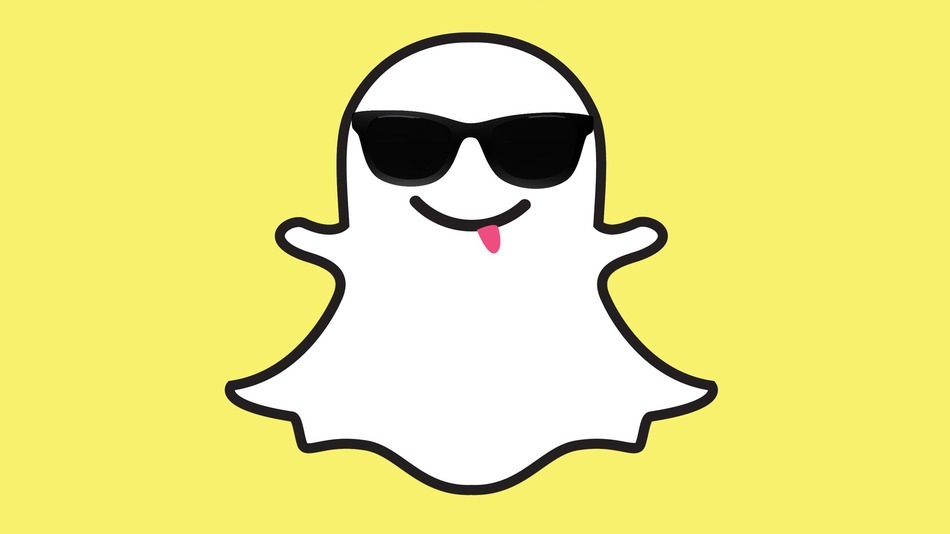
For those who may not know, Snapchat is an application that allows you to send short video clips and/or pictures to contacts in your phone. The interesting concept is that you only have a certain amount of time to view the “snap”. The viewer has no more than ten seconds to view the picture or video that has been sent to them. Actually, that time can be shortened at the discretion of the sender. Snapchat also includes a component called “My Story”. At any time, you have the ability to allow other viewers into your world by posting pictures or videos to your story. Keep in mind; this information is made visible to those who are your friends on Snapchat. Users have the ability to keep adding to their story at any time they want. This means their own personal story can potentially be up to two minutes long, all composed of one to ten seconds pictures or video clips. Within twenty-four hours, the entire story disappears.
From my understanding, users enjoy the spontaneity of Snapchat. It allows them to capture a particular moment in time and send it to whoever is on their friends list. After the allotted time of one to ten seconds, the viewer is no longer able to open up that particular “snap” again. This keeps for constant communication between the two parties involved. Okay I will admit it- yes I do have a Snapchat. Am I obsessed with it? No. But, I do believe that the youth in this upcoming generation ARE becoming obsessed with it. You can always tell when someone is adjusting their phone, trying to get that perfect shot using their front camera on their iPhone. More than likely, this is because they are on Snapchat.
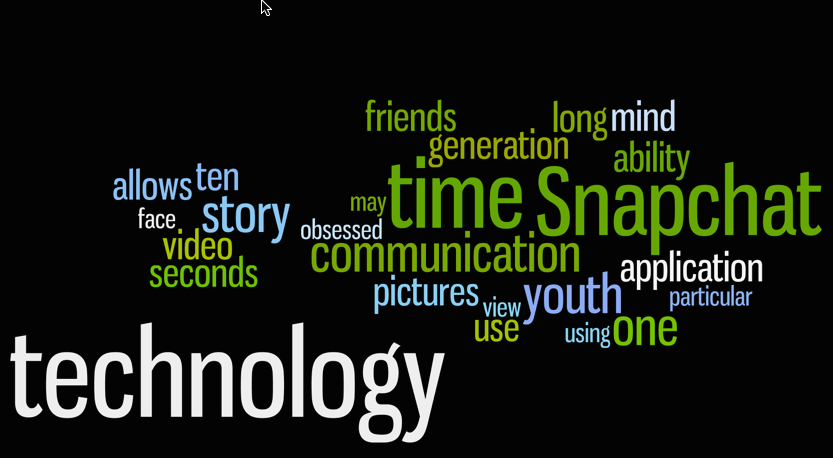
Share

February 16, 2014
Smart Condoms: Could These Be The Best Condoms Created to Date?
As we all know condoms do not prevent all sexual transmitted diseases (STDs) and sexual transmitted infections (STIs) during sex. Well why not build a better condom. Last November the Bill and Melinda Gates foundation received over 812 entries for the “Build-a-better-condom” competition. A reported 11 entries received a grant of $100,000 to produce their condoms and hopefully bridge the gap for condom innovation. This is where tech meets health.
Talk about a smart condoms. Some of these entries range from polymer based composite materials to biologically engineering material for a “significant enhancement for male pleasure.” These “next-gen” condoms may be what consumers are looking for when taking safe sex more seriously.
Developer Lakshminarayanan Ragupathy from Trivandrum, India, has an entry named “The warm embrace”, which incorporates composites for high heat transfer, but also drugs that would enhance safety. Not only is his design super thin and strong, it’s also very flexible.
Now here’s a question, how much would you pay for a condom that you couldn’t feel and worked 99.99% of the time?
Follow us at tumblr.myhealthimpactnetwork.org (Tumblr)
Follow us on twitter: @myhealthimpact
Share

February 21, 2013
Tracking your Health with Wearable Technology
At the top of every New Year, there seems to be a fitness trend that propagates through families, colleges, and churches, alike. The notion that this year is the perfect time to get into the best shape of your life is evident on social networks, such as Facebook and Twitter. Hash tags like #teamGetFit, #trainHard, and #bodyProud are a select few that are seen everywhere and even appended to statuses and tweets posted around the world. A lot of the time, the motivation behind this burst in healthy behavior corresponds with New Year's resolutions or the mere fact that some over indulged during the Thanksgiving and Christmas holidays! However, as the months past by and the year gets old, fitness clubs and sport gyms see a constant decline in membership and weekly attendance. Whatever the reason may be, I set out to find if this year was any different than in year's past.
In comes CES 2013, the Consumer Electronics Trade Show where the biggest tech news is announced for those of us who have a deep affinity for smart devices and innovative gadgets. Originally seen as the place where power hitters, such as Apple, Microsoft, Samsung, and Amazon, have unveiled new products, its recently transformed into the "IT" place where the little guys bring us the most joy. Welcome to the future, where your body is technology's new frontier. The mobile applications and computing power we've become accustomed to in our smartphones are starting to migrate into wearable devices. Whether it is the Nike+ Fuelband from our favorite sneaker brand, fitbit, the same company that added style to Bluetooth earpieces or the Fitbit Ultra by an upcoming start-up company focusing on health and fitness devices; the ability to upload and analyze your personal training sessions can now be done on the fly without the need of paper and pencil. Figures 1 and 2 show a quick glance of each company's wearable devices and corresponding mobile applications.
Figure 1.
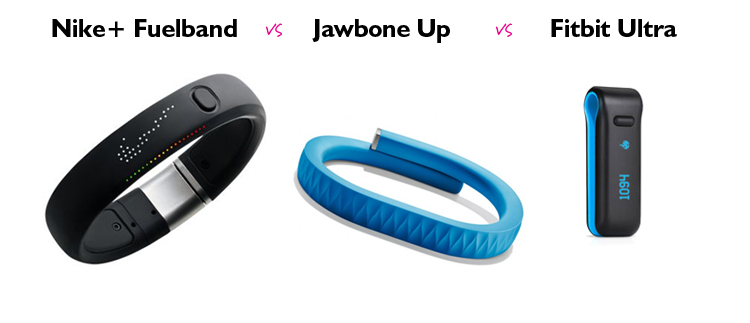
Figure 2.
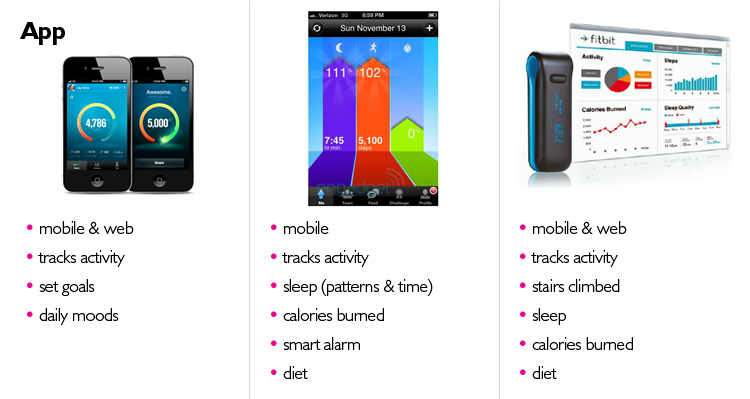
POLL: Does being able to track your fitness activity and sleep patterns, interest those committed to fulfilling their New Year's resolution? Does mobile health “fit” into your commitment to your personal health and wellbeing?
Sources:
Figures 1 and 2 - FashioningTech
Share
In Partnership with: Poole College of Management, College of Humanities and Social Sciences, National Science Foundation, Penn State
Take Action, Get Tested: Find Your Local Testing Center Why Get Tested?


